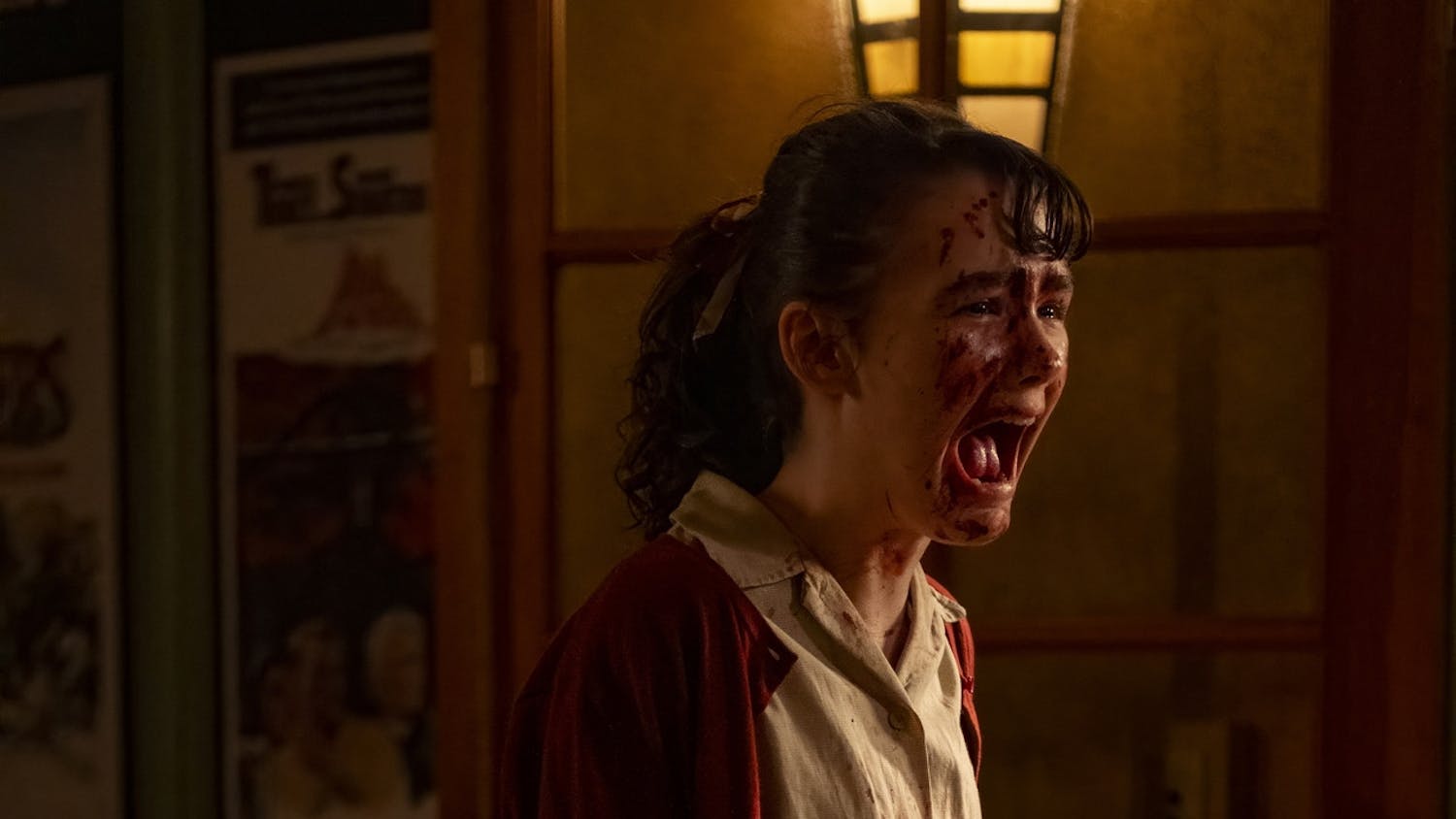The word 'era' has been a big part of mainstream music discourse recently, largely because of Taylor Swift and her "The Eras Tour," announced in November 2022. This tour is one big homage to the singer's past albums. However, despite people only starting to use the term now, artists have been crafting eras around their albums for a long time.
An era is a stylistic narrative crafted by the artist to accompany their album drops. It transforms the album from just a collection of songs to a shift of artistic expression that can be used to redefine the artist's relationship with the public. But what constitutes an era? How can we, as listeners, tell the difference between just another album drop versus an album era? It all starts with an artist's social media and real-life presence.
Doja Cat's 2023 album "Scarlet" and Billie Eilish's 2021 album "Happier Than Ever" are two recent examples that, interestingly, go in opposite directions. Doja Cat, tired of not being taken seriously as a rapper, flipped the script on her critics."Scarlet" trades in the wacky, colorful aesthetics of its 2021 predecessor, "Planet Her," for a more hardcore rap vibe with darker, more hellish aesthetics.
In contrast to Doja Cat's shift towards a darker and more hardcore rap vibe, Eilish took the opposite approach with "Happier Than Ever." Following the visually horror-inspired aesthetics of her debut album "WHEN WE ALL FALL ASLEEP, WHERE DO WE GO?," Eilish embraced an old Hollywood, earthy tone and aesthetic for her most recent era.
At the dawn of these eras, these two artists made big changes across their social media platforms to signify what was coming. On YouTube, Doja Cat edited all of her music video thumbnails to have a distinctive red filter over them. On X, formerly Twitter, she deleted all of her previous tweets and commenced a series of cryptic messages, consistently concluding with blood emojis. Eilish's Instagram began to feature content with lighter, earthy tones and colors. All of that signified to their listeners that something much different from their previous albums was brewing.
Not only did they alter their social media presence, but also their real-life image. Doja started consistently wearing red, white and dark-colored clothing during paparazzi-filled public outings. A big part of both artists' public image was their hair. Doja shaved her head, opting out of wearing the wigs that had defined her public persona up to that point. Eilish changed her hair from her signature slime green and black combo to blonde to signify that "Happier Than Ever" was a lighter era. She also wore less edgy makeup and moved away from her typical baggy fashion sense. In an iconic 2021 Met Gala look, Eilish shocked the world with a massive, peach-colored Oscar de la Renta gown.
Eilish truly was "happier than ever” and her style showed it. During her previous era, her style was darker. Years of criticism of her art and versatility made Doja Cat start appearing in a way that reflected her scarlet-colored rage.
Those drastic changes served as the foundation for their albums' lead singles. "Paint The Town Red" served as an introduction to "Scarlet" and featured the pop-rapper dismissing her haters while dancing with the devil over a hip-hop beat. This strongly contrasts her previous album's lead single, "Kiss Me More," a considerably lighter song in content and visuals. That song showcased Doja Cat and featured artist SZA on the fictional Planet Her, playing with an astronaut and singing about everything they enjoy doing with their lovers.
Eilish released "My Future" as the lead single for "Happier Than Ever," and this song portrays the singer strolling through a serene, natural landscape while contemplating her life. She reflects on her past and expresses some optimism, singing about her hopes and dreams for the future. A stark contrast to the last album's lead single, "You Should See Me In a Crown," a song widely considered to be one of the singer's darkest in content.
"Happier Than Ever" marked a significant turning point in Eilish's emotional journey, representing her spiritual evolution in contrast to "WHEN WE ALL FALL ASLEEP, WHERE DO WE GO?" where melancholic undertones served as the bulk of the album. "Happier Than Ever" showcased Eilish's newfound sense of optimism. Despite the continuation of some darker content lyrically, the album demonstrated Eilish’s ability to confront her struggles and embrace a positive outlook on life. That era symbolized her happier state of mind.
"Scarlet" was less about an emotional transformation and more about breaking out of the artistic box imposed on Doja Cat by her critics, similar to Miley Cyrus' Channel-esque transformation of public image.
With gritty, defiant rap tracks, Doja Cat showcased her exceptional rapping skills, complete with direct and provocative lyrics and imagery. "Scarlet" became a rebellious statement, flipping the finger at critics and establishing Doja Cat as an artist unafraid to challenge boundaries and assert her identity on her own terms.
It's safe to say that an era elevates an album’s release from just a musical event that is bound to come and go to a memorable experience. It provides a canvas for artists to paint their own narratives, challenge expectations and, most importantly, make their mark on the ever-changing pop culture landscape.






